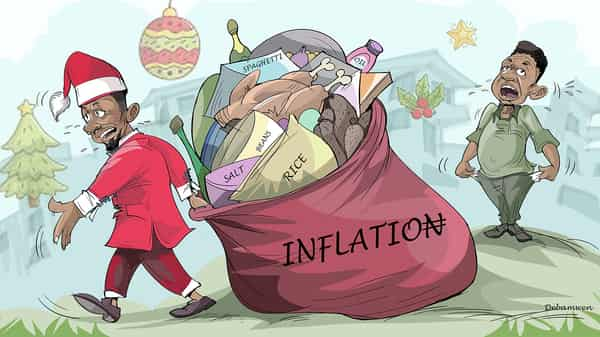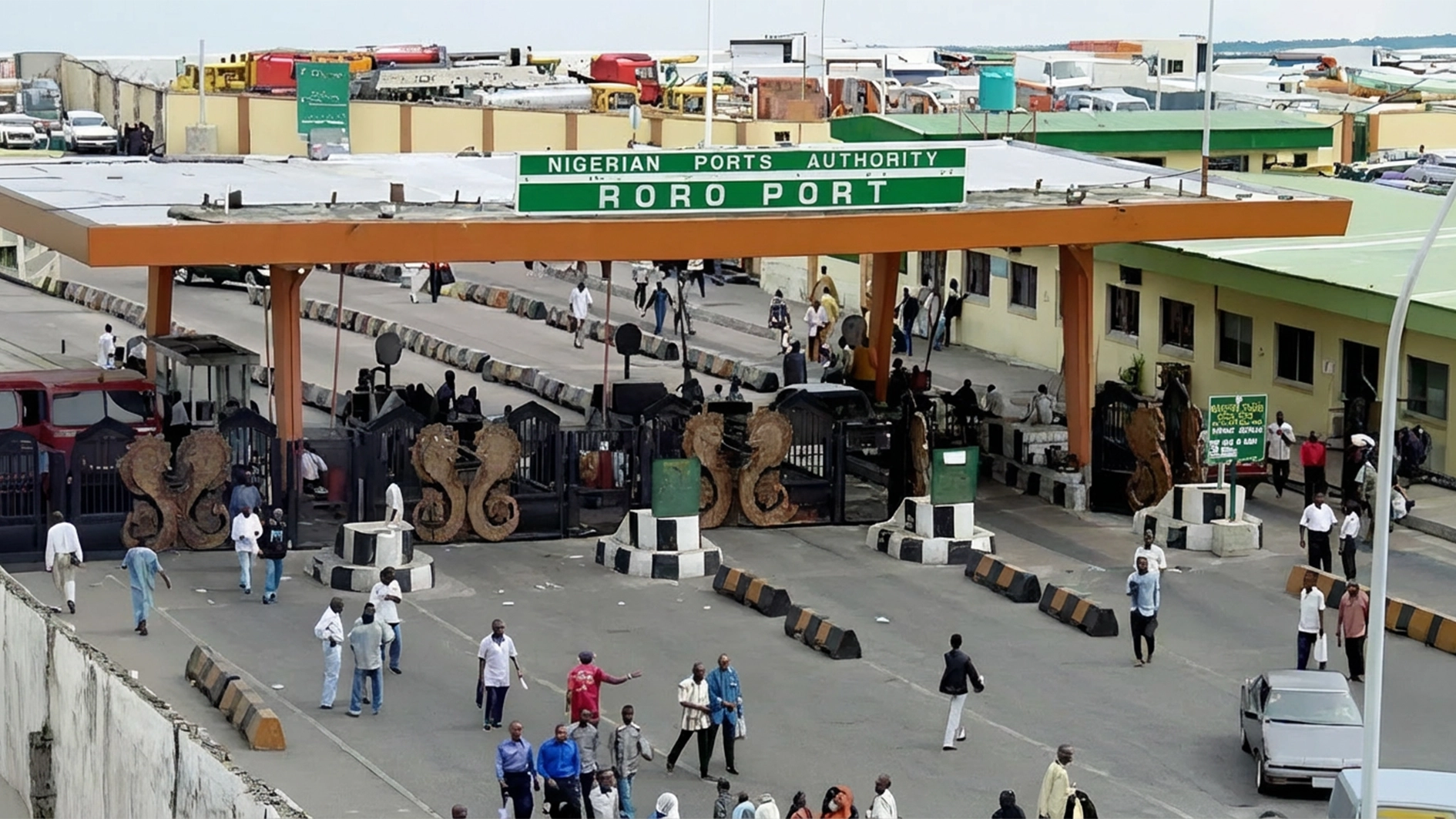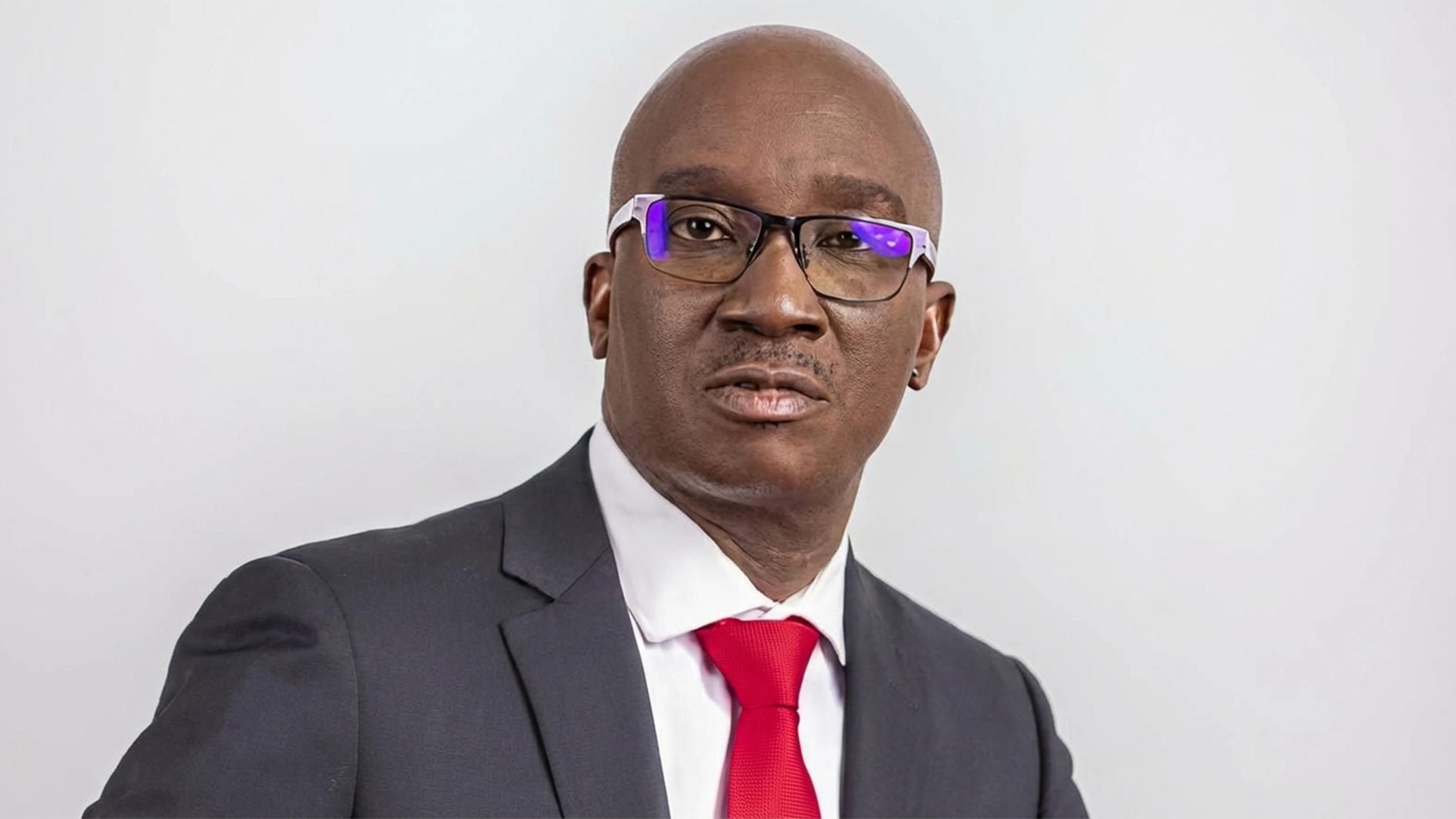Inflation is one of the most closely watched indicators in Nigeria, shaping the cost of living, government policy, and household budgets. Yet it is often misunderstood. While many Nigerians welcome the news that inflation is easing, questions remain about what this means for daily life.
At its simplest, inflation measures the rate at which prices rise across a broad basket of goods and services, ranging from food and housing to transportation and education. In Nigeria, the National Bureau of Statistics (NBS) calculates this through the Consumer Price Index (CPI), which tracks changes over time.
Recent figures show headline inflation slowed to 20.12% in August 2025, down from 21.88% in July and well below the 32.15% recorded a year earlier. This marks the fifth consecutive month of decline, raising hopes that government policies are starting to take effect. On a month-on-month basis, inflation cooled to 0.74% in August from 1.99% in July.
A common misconception is that falling inflation means prices are going down. In reality, it means prices are rising more slowly than before. For example, if a bag of rice cost ₦50,000 last year and ₦65,000 this year, lower inflation simply means the next increase may be less steep, not that the price will reverse. True declines in prices – known as deflation – are rare and can stall economic activity.
Nigeria’s recent trend reflects several factors: greater foreign exchange stability, improved food supply from early harvests, and a moderation in global commodity prices. Core inflation, which excludes food and energy, fell to 20.33% in August from 27.58% the previous year, suggesting underlying price pressures are easing.
Even so, challenges remain. Food inflation – the biggest driver for most households – stood at 21.87% in August, only slightly down from 22.74% in July. Insecurity in farming regions, climate shocks, and high transport costs continue to weigh on supplies. Regional variations are also stark: while Zamfara recorded 11.82%, states such as Ekiti (28.17%) and Kano (27.27%) remain far higher.
The Central Bank of Nigeria has kept its Monetary Policy Rate at 27.5% since July, though Governor Olayemi Cardoso has hinted that interest rates could be cut if inflation continues to ease. Analysts warn, however, that risks such as global oil price swings or subsidy reforms could quickly push prices up again.
According to various economists, what matters most is whether slower inflation translates into improved purchasing power for ordinary Nigerians. With inflation still at double digits, households are unlikely to feel an immediate benefit. But if the trend continues, the pressure on incomes may gradually lessen.






